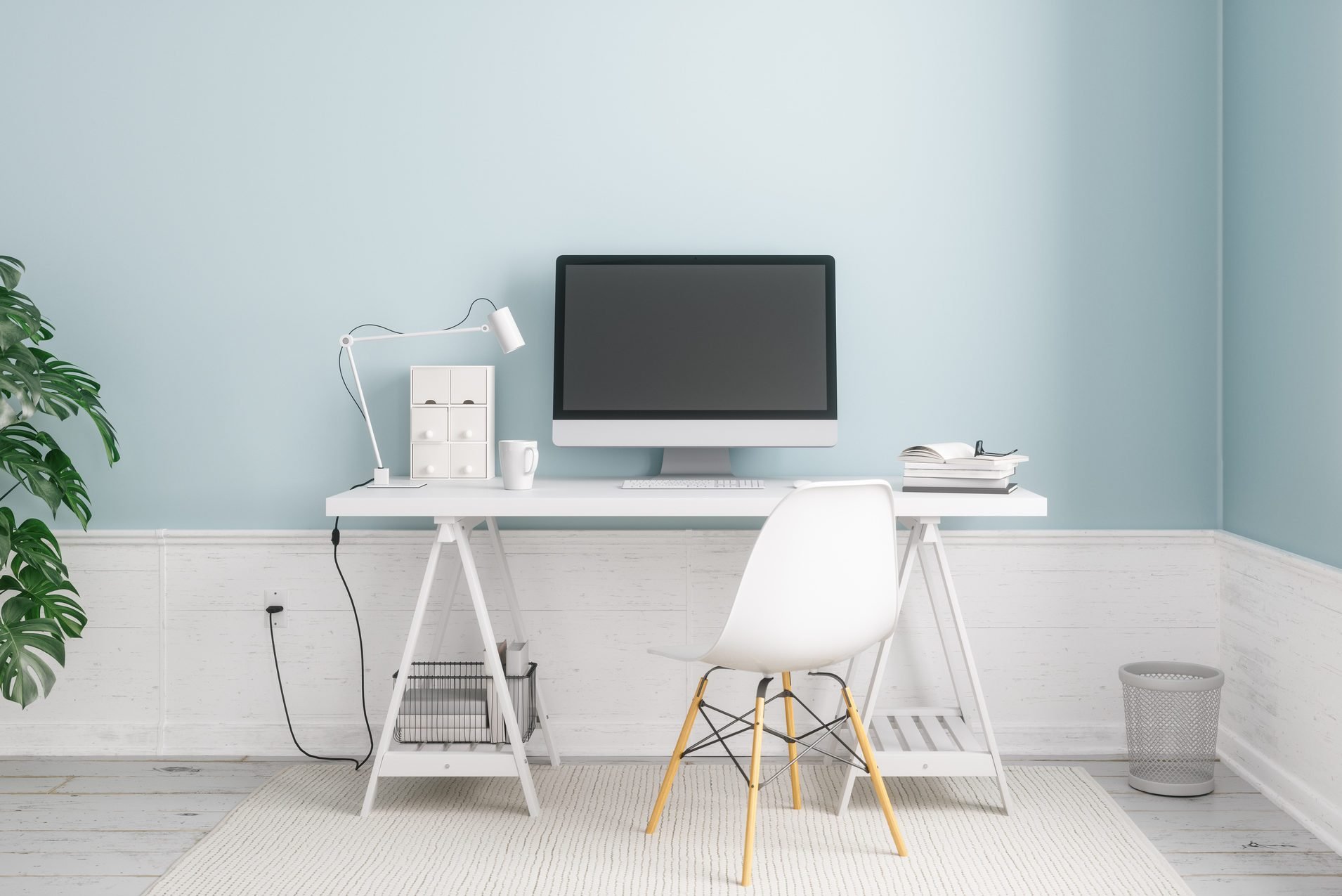
Virtual is our new reality
When the COVID-19 pandemic first hit the United States in March, many people expected the measures to reduce face-to-face contact as temporary. As in, we’ll close schools, offices, and businesses for a few weeks—a month tops—and that should be enough to take care of this virus. As we now know, clearly that scenario didn’t play out. Instead, here we are, several months deep into various versions of lockdown, with no clear end in sight. As we came to accept that this was going to be our reality for the foreseeable future, more and more of our lives moved online. Sure, there’s been the switch to remote work and learning, but we’ve gotten to the point where many services and activities now can be done virtually. While some of these things—like virtual tourism, or attending a concert via live stream—can’t measure up to their real-life counterparts, other things, like virtually attending therapy and the job hiring process may stick around. Here are 14 things that could stay virtual forever. Though we don’t exactly know what the future holds, here’s what a post-coronavirus life could look like.

Office jobs
One of the biggest pandemic-induced societal shifts has been the transition to remote work—especially for people who work in an office. While telecommuting has become increasingly popular over the past several years, many employers that didn’t allow it before COVID have had to reconsider their position. Moving forward, Tracy Cote, the chief people officer at Zenefits, says that remote work will be the norm. “COVID-19 accelerated the efforts of remote work for many companies and hiring people virtually will become a standard part of new workplace practices,” she tells Reader’s Digest. A big benefit for the company is not only the reduced overhead of smaller or non-existent office space but also a more diverse talent pool as companies will have access to potential employees who previously would have not been considered because of their location. If you’re new to working from home, make sure to follow the 13 golden rules to working remotely successfully.
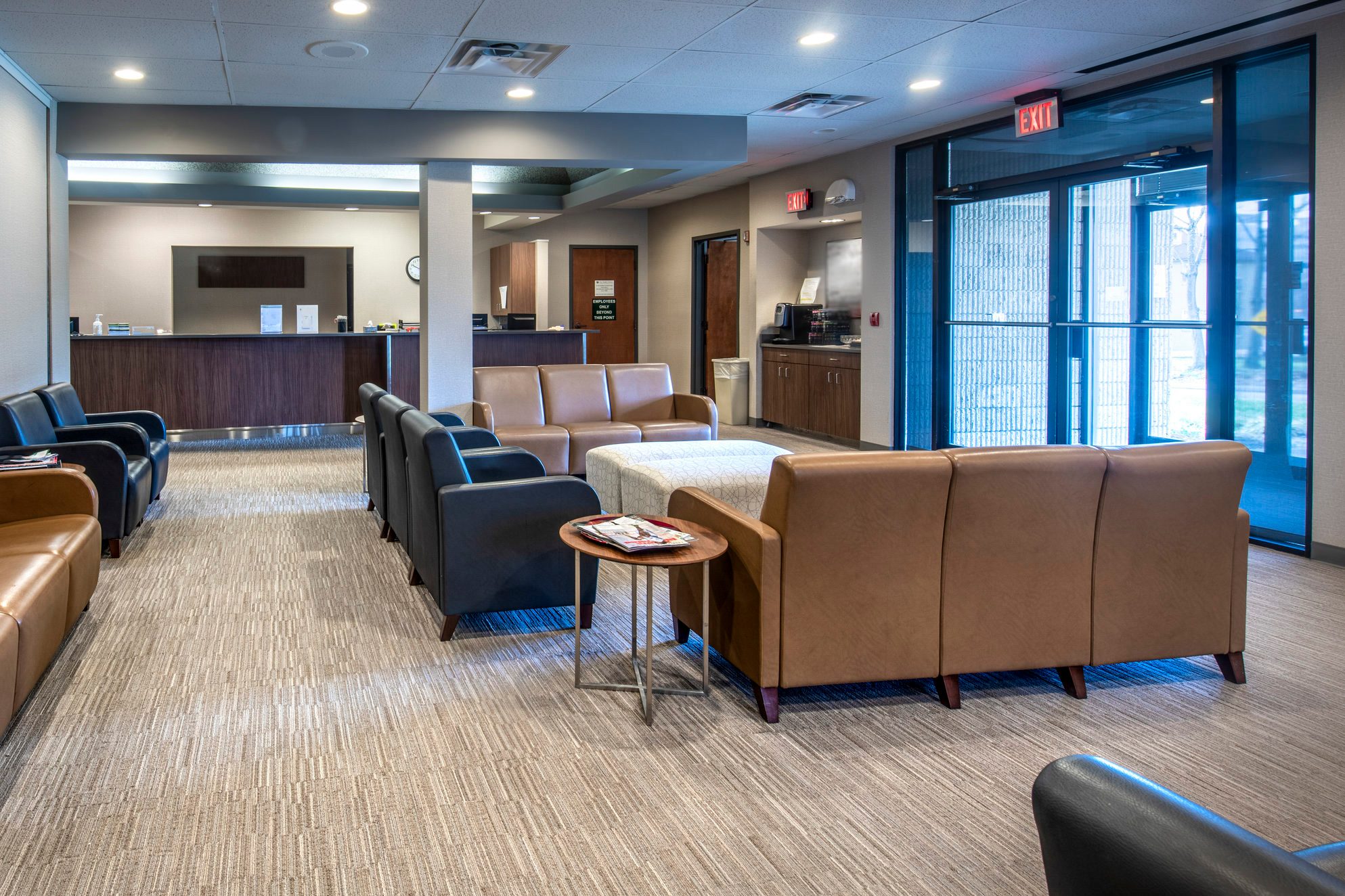
The job hiring process
If you’ve ever had to take the time and effort (and sometimes money) to travel to another city for a job interview only to not get the job, then you already know how much easier everything would have been if that process took place fully online. Now, thanks to COVID-19, it largely has been. And according to experts like Brian Stern, president of Modern Hire, this shift is going to be permanent. “There are a few reasons for this shift,” he tells Reader’s Digest. “For some businesses, the rise in applications they received began to come through in mass quantities during the pandemic, leaving them with little means to sift through to identify and hire top talent quickly. By adopting technology like pre-hire simulations and virtual interviewing technology, which support fast and objective hiring decisions, companies can drastically reduce logistical constraints, shorten the time-to-hire cycle and keep both employees and candidates safe amid ongoing COVID-19 concerns.” For these reasons, Stern says that some of his clients—like Walmart, CVS, and Spectrum—have opted to keep their hiring processes virtual post-pandemic. This wouldn’t be the first time that the world as we know it has changed because of a public health crisis.

Real estate viewings
When you’re in the market for a new home, of course you’re going to want to see the property in person before buying it. But virtual real estate viewings can come in really handy as you’re narrowing down your choices, and save you the time and hassle of traveling all over to see your options and are especially important if you live out of town. That’s why Kris Lindahl, the CEO of Kris Lindahl Real Estate, thinks virtual real estate viewings are here to stay. “The pandemic accelerated the embrace of technology in real estate,” he tells Reader’s Digest. “Clients crave convenience, and tools like virtual home tours and 3D tours have been huge hits. It’s great for buyers because they can accomplish so much of their home search from their couch, and it’s great for sellers because the virtual tools weed out the non-serious buyers.” By the time a seller is asked to open their home for a tour, they know it’s a serious buyer because people have already seen and liked the property online. “We also started virtual staging consultations during the pandemic, and clients love them,” Lindahl says. “Our stagers use platforms like Zoom and FaceTime to connect with sellers. They walk us through their home. We can make suggestions and give them staging tips virtually. We still offer in-person staging, but the virtual option is very popular with many clients, and we’ll continue to offer it.” You’ll still want to pay attention to—and avoid—these 14 costliest home-buying mistakes.
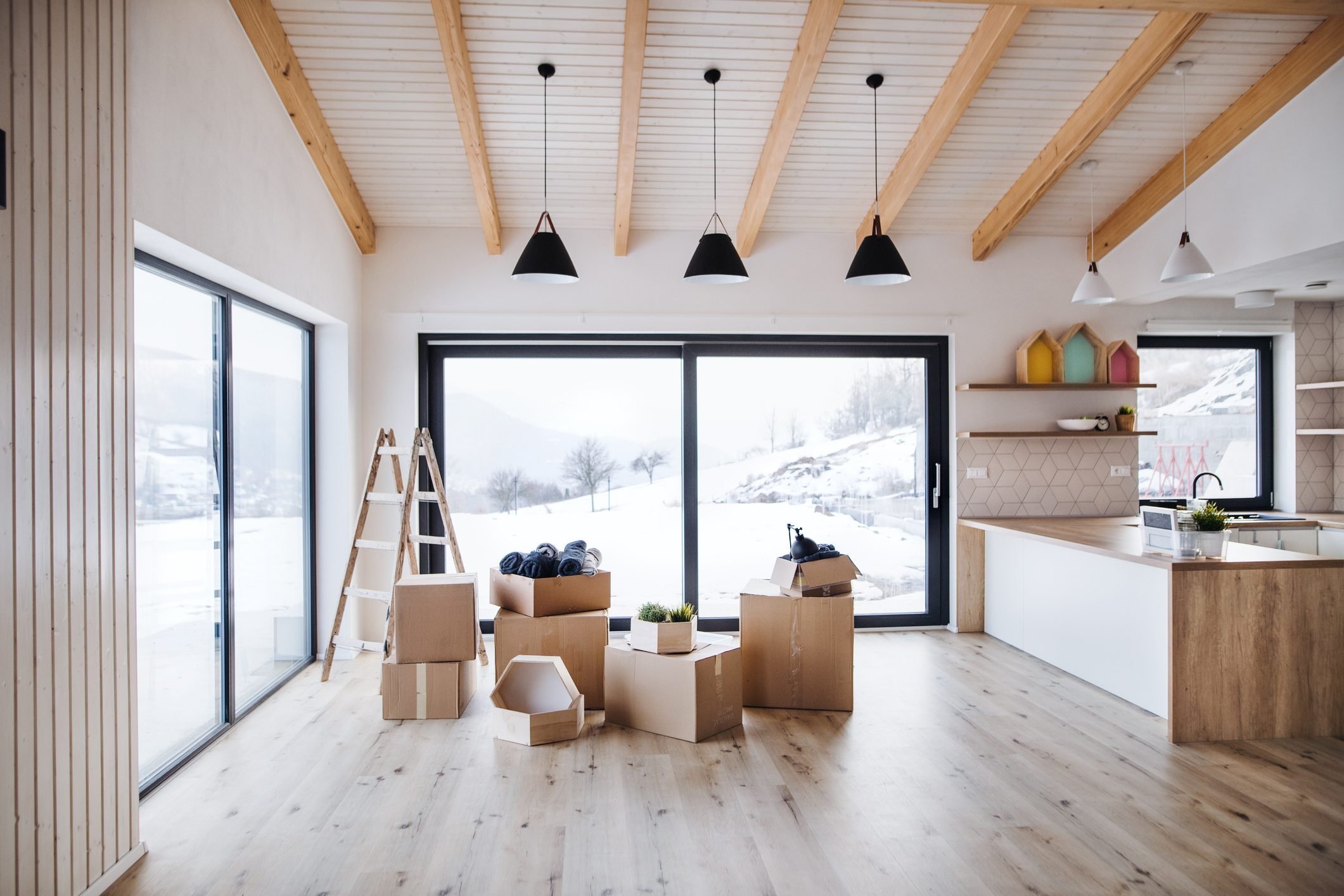
Buying a home
Not only have real estate viewings moved online, but the entire home-buying process also has, too—something that will likely be an option even after the pandemic. “COVID-19 brought accelerated disruption to an industry that has traditionally been slow to embrace change, relying on tried-and-true methods like in-person appointments and paper-heavy trails of contracts to execute the majority of the home buying process,” Phillippe Lord, executive vice president and chief operating officer of Meritage Homes, tells Reader’s Digest. “Buyers can purchase their home using digital tools to get pre-approved, sign the contract, and even visit the design center virtually. New homeowners can move into their new home after completing a virtual closing and attending a new home orientation online. In-person model home tours, sales office appointments, and community opening events will continue trickling back in post-pandemic, but the viability of this new digital-focused business model will continue to prove valuable.” These are 12 surprising costs every first-time homebuyer needs to know about.

Tax consultations
While some have long relied on online programs for doing their taxes, many still prefer to meet with their accountant in person every year during tax season. This year, those meetings looked a little different, and primarily took place virtually. According to Richard Lavina, co-founder and CEO of TaxFyle, this will likely continue, even once businesses open up again. “Because the COVID-19 pandemic set in right around the time when most Americans were filing their personal returns, and stay-at-home guidelines eliminated the option of dropping by their CPA’s, an H&R Block, or what have you to do it, they scrambled to find an alternative,” he tells Reader’s Digest. “Luckily, there’s a number of convenient, affordable, and secure platforms for tax-filing on the market today, which previously weren’t used by some simply because they preferred the old-school way—dropping off paper documents, receipts, etc.” But now that so many of our services have moved online, people may be more comfortable filing their taxes digitally. And if they still want to meet with their accountant to go over their taxes, there are always Zoom meetings.

Funerals, memorials, and graveside visits
The COVID-19 pandemic has changed public mourning and memorial services drastically. For the most part, families and loved ones haven’t been able to gather in person to comfort each other and celebrate the life of the deceased. But another result of this has been the shift to online funeral and memorial services through platforms like Zoom, FaceTime, and Facebook Live. “The cemetery and funeral industry hasn’t changed for thousands of years and this new development has become even more meaningful during the pandemic, and for years following,” Joseph Schechter, CEO and Founder of AFTR, tells Reader’s Digest. In fact, Schechter founded AFTR—which has developed a line of cemetery cameras that enable mourners to visit their loved ones’ gravesites virtually—following the loss of his own father to help his siblings that live out of town the opportunity to be more connected to him. While thinking about your own death isn’t easy, it is important to prepare for the inevitable.
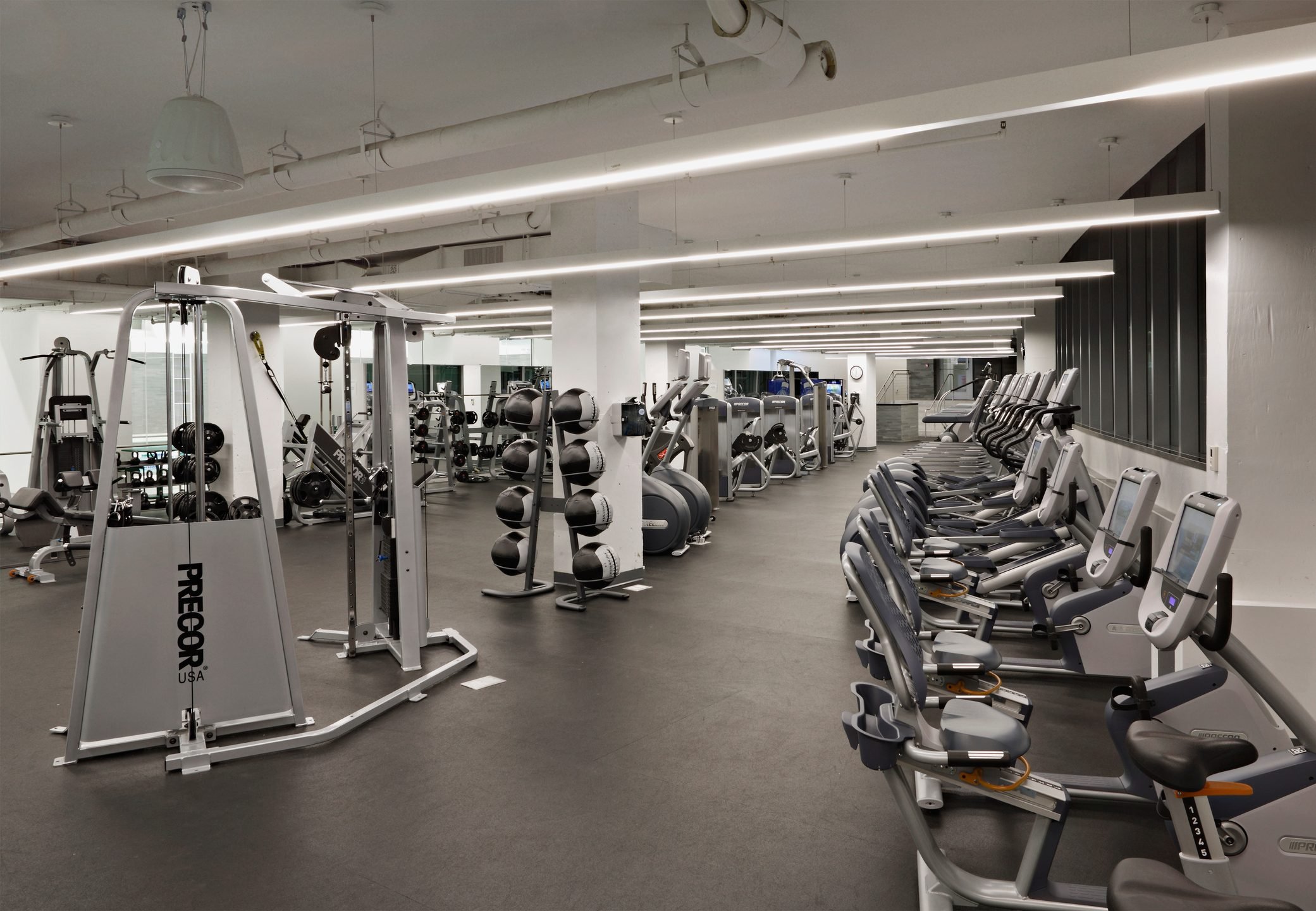
Gyms
With all the heavy breathing, shared equipment, and endless sweat, it’s no surprise that only 9 percent of respondents were eager to get back to the gym in a survey by Klaviyo, a marketing agency. Between free exercise videos on YouTube, gyms that have successfully pivoted to virtual, and companies such as Peloton where classes were always intended to be done in the comfort of your own home, there are endless options for working out without going to the gym.

Movie theaters
While many states have allowed movie theaters to open, to date, AMC Theaters, one of the nation’s largest chains, has yet to do so, postponing its opening date again and again; this has put the release date of expected summer blockbusters on hold. It’s possible more companies could go the route of Universal which released Trolls: World Tour straight to streaming sources for rental, earning it close to $100 million in less than three weeks. Add to that that only 11 percent in the Klaviyo survey responded they’re ready to head back to the physical movie theater and it’s easy to see how movie theaters could wind up going virtual. If and when they do reopen, you won’t see these things in movie theaters again.
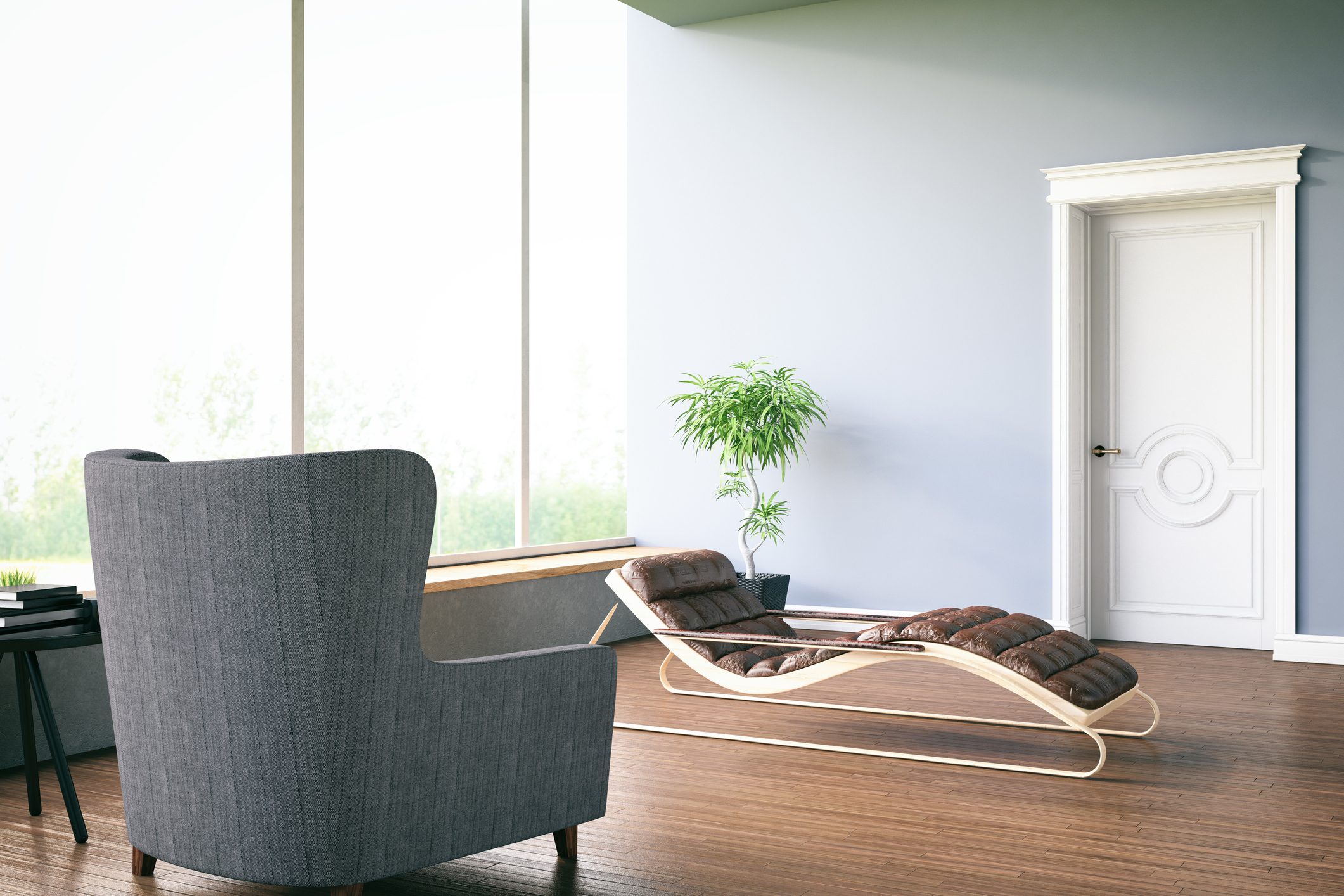
Mental health therapy
While some people genuinely prefer to see their therapist in the flesh, teletherapy has become an increasingly popular option over the past few years. It’s especially helpful for people who geographically, wouldn’t otherwise have access to mental health services. Prior to COVID, there were several HIPAA-related restrictions in place, including regarding the online platform that was used (it had to be encrypted and things like FaceTime or Skype didn’t cut it), but out of necessity, these have eased over the past few months. And, as Andrew Shatté, PhD, co-founder and chief knowledge officer of meQuilibrium tells Reader’s Digest, having teletherapy more available now is also important because “most of us are experiencing a significant increase in stress due to COVID-19 and the lifestyle changes it has brought in its wake.” But even after the pandemic, Amy Cirbus PhD, director of clinical content at Talkspace, believes that teletherapy will stick around because of its availability, accessibility, and efficacy. “Virtual therapy eliminates the need for transportation,” she tells Reader’s Digest. “This allows for greater access for more people and greater efficiency of time. Scheduling is easier without the addition of drive and wait times. For those individuals who may have resisted therapy due to the stigma of driving and sitting in a waiting room, virtual appointments are a relief.”

Learning
Whether it’s a knitting or guitar lesson, or getting your college degree, the pandemic has moved almost all learning online—and for certain subjects and age groups it’s working out well. “Online classes are a convenient and affordable way for people to learn—whether it’s academic subjects or new hobbies,” Steven Cox, founder and CEO of TakeLessons tells Reader’s Digest. “Now that so many people have made the transition, some will continue to use online courses to replace or supplement in-person classes, or to develop their skills, talents, or passions at home and on their own schedules.” In fact, Cox says that TakeLessons’ online group classes alone have seen an 800 percent growth in new members this year. Along the same lines, Michael Helmbrecht, COO at Lifesize, says that virtual learning is giving some schools the ability to offer more options than they did previously. “Video conferencing can help make learning more engaging and extend the reach of classrooms through the addition of virtual field trips, digital whiteboarding collaboration exercises, recorded lectures for playback, and real-time access to subject matter experts around the globe,” he tells Reader’s Digest. “Not only does this benefit some students, but it enables educators to better manage split in-person and remote class attendance so they can ensure they are providing a cohesive blended learning experience to both groups.” Ready to head back to school (virtually)? Start with these 45 free online college courses from prestigious universities and colleges.
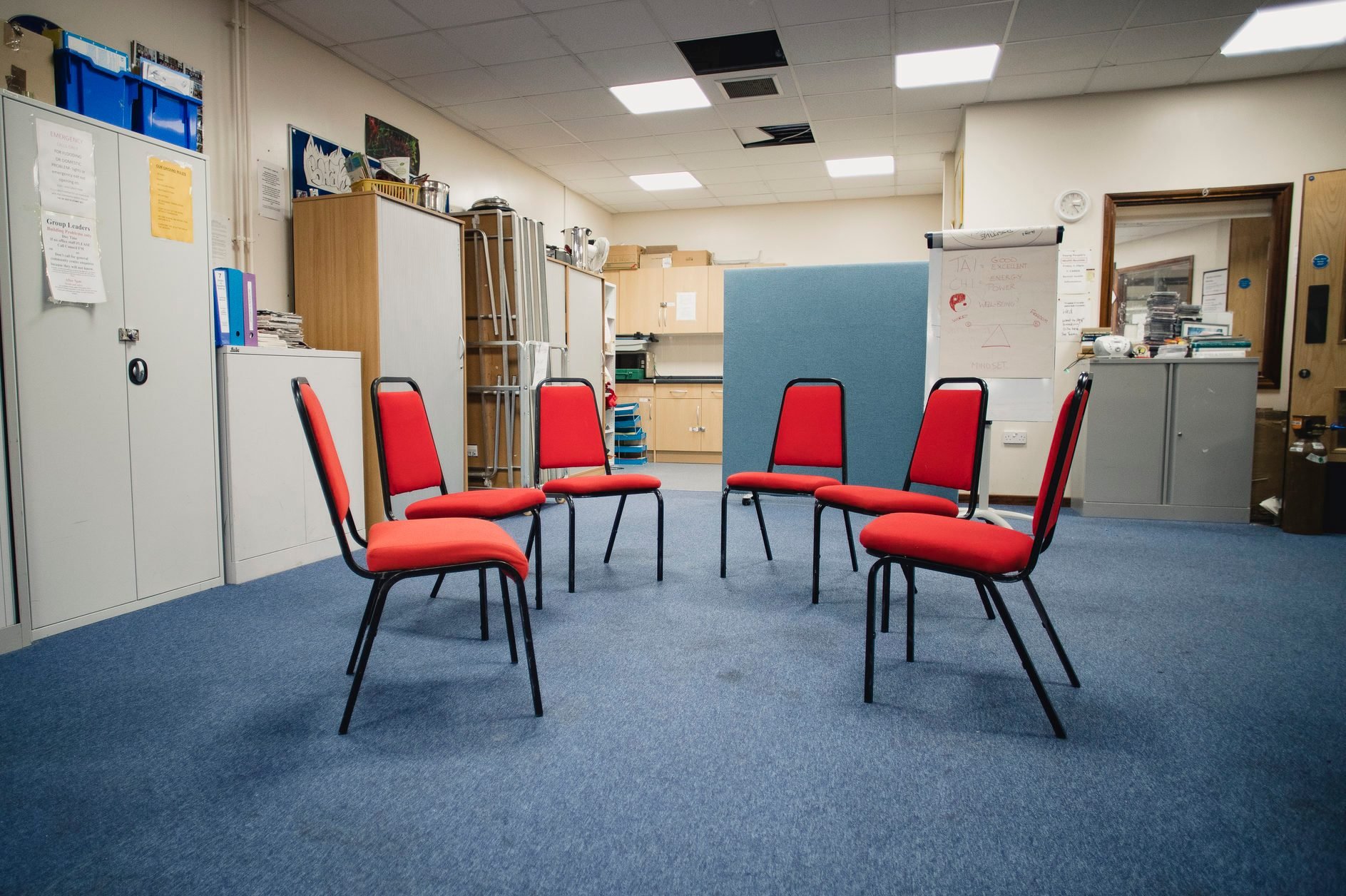
Alcohol and drug recovery programs
In addition to the usual inconveniences and hardships of the COVID-19 pandemic, people in drug and alcohol use recovery programs have faced another set of challenges. Typically, programs and support meetings take place in person, but given the restrictions, programs of this nature have also moved online. George Kolodner, MD, is the medical director of Kolmac Recovery Centers in the Washington, D.C. metropolitan area, which has been using telehealth for withdrawal management over the past few months. So far he says that the outcomes of virtual treatment have been similar to those that they were achieving onsite. “Because of that success, we can see virtual models being included as part of outpatient treatment well beyond COVID,” he tells Reader’s Digest. “As an outpatient treatment provider, Kolmac strives to break down the barriers that may prevent people with substance use disorder from seeking help,” he says. “With virtual treatment services, we’ve eliminated some common barriers—such as not having the means to visit a clinic in person.” Even after the severity of the pandemic decreases, Dr. Kolmac says he anticipates some patients will opt for virtual treatment.
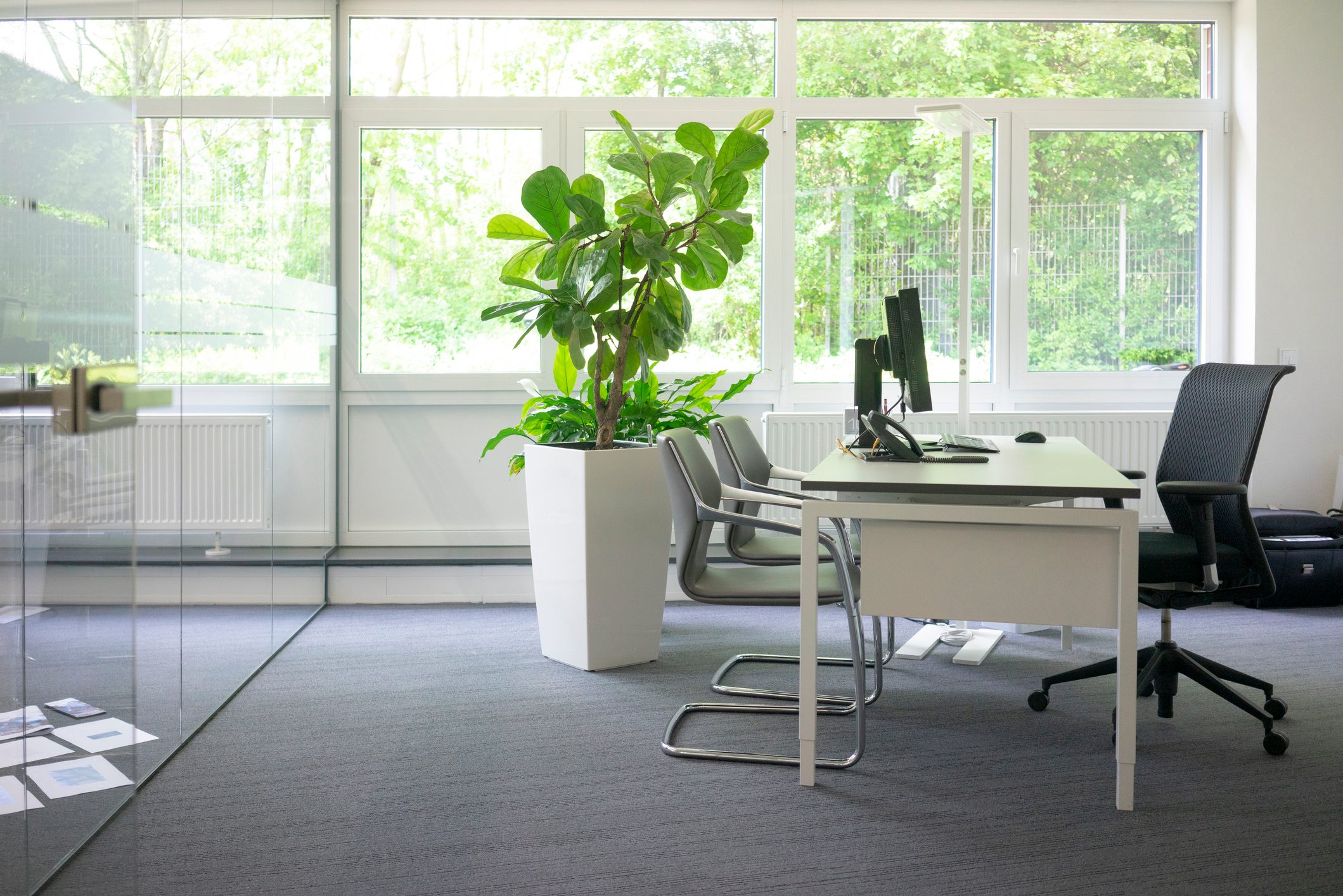
Buying insurance
Like annual trips to the accountant, buying insurance is something else many have traditionally preferred to do in person. But now that face-to-face meetings are not currently an option, there’s been a shift to doing insurance shopping virtually. “This makes a lot of sense now as people are avoiding face-to-face contact,” Paul Tyler, chief marketing officer at Nassau Financial Group tells Reader’s Digest. “While the pandemic may have kicked off virtual insurance shopping and buying apps, I think this trend will be here to stay post-pandemic.” Tyler points out that while a lot of financial services have moved online in recent years—from banking to brokerage to robo advisors—insurance took a little longer to adapt to online operations. “The pandemic has guaranteed that our app culture is here to stay—even for more complicated products like annuities and life insurance. People now expect their insurance companies and agents to meet them on their terms—now on a small screen any time they want.”

Doctor appointments
Let us preface this by saying that some types of medical care (and most dentistry) can’t be done solely online. Even if you have your own thermometer and other at-home devices, there are times when your doctor needs to listen to your lungs, do blood work, order X-rays, or do an OB-GYN exam in-person. In other words, all medicine isn’t going to end up being virtual. But having said that, a lot of routine doctor visits can (and likely will) be done online moving forward. Think you have pink eye? A doctor can diagnose it and send you a prescription without you having to leave your couch. Can’t tell if your kid has a simple cold or something more serious? An initial virtual visit with their pediatrician can save you a trip to the germy office. Telemedicine can also help cut down wait times to see physicians. “Gone are the days when patients had to wait months to see their doctor,” Eric Bacon, president of AMD Global Telemedicine, Inc. tells Reader’s Digest. “COVID has created a new reality and expectation. Moving forward, patients will demand they receive care where it is convenient for them, at a time that is convenient for them. Non-chronic care patients will resist going to the doctors for routine treatment for common ailments. Healthcare systems have quickly realized that there is competition in the marketplace and are moving to adopt new technology to meet this new reality.” In addition to healthcare, there are also everyday habits that could (and should) change after coronavirus.

Wedding dress shopping
Fans of wedding reality shows know that the bride-to-be’s trip to a pick out the perfect dress can be a major moment. Wedding dress shopping becomes an event, where bridesmaids, friends, and family members gather to drink mimosas and tell women which white (or off-white) dress they should spend an exorbitant amount of money on to wear once. And while this may seem like something that has to be done in-person, the whole business of trying on and buying formal wear has moved online, like everything else. According to Paul Magel, the president of the business applications division of CGS, new technology—including 3D and augmented reality—makes all the difference in the virtual shopping experience. This includes using avatars that can be modeled to look like the bride and the wedding party, in facial features as well as body shape and size. “Use of such technologies can help streamline the traditional trying on of hundreds of dresses, which many brides-to-be experience for months leading up to their wedding day,” Magel tells Reader’s Digest. And yes, the social components of wedding dress shopping—like weddings themselves—have also been happening virtually. “For retailers, this includes having consultations online and curating possible dresses before shipping them to the bride,” Magel explains. ” [Then], a virtual fitting can be done with their wedding party and friends.”
For more on this developing situation, including how life might be different post-lockdown, see our comprehensive Coronavirus Guide.
Sources:
- Tracy Cote, the chief people officer at Zenefits
- Brian Stern, president of Modern Hire
- Kris Lindahl, the CEO of Kris Lindahl Real Estate
- Phillippe Lord, executive vice president and chief operating officer of Meritage Homes
- Richard Lavina, co-founder and CEO of TaxFyle
- Joseph Schechter, CEO and Founder of AFTR
- Klaviyo: COVID-19 Daily Poll Insights
- Andrew Shatté, PhD, co-founder and chief knowledge officer of meQuilibrium
- Amy Cirbus PhD, director of clinical content at Talkspace
- Steven Cox, founder and CEO of TakeLessons
- Michael Helmbrecht, COO at Lifesize
- George Kolodner, MD, is the medical director of Kolmac Recovery Centers
- Paul Tyler, chief marketing officer at Nassau Financial Group
- Eric Bacon, president of AMD Global Telemedicine, Inc
- Paul Magel, the president of the business applications division of CGS
